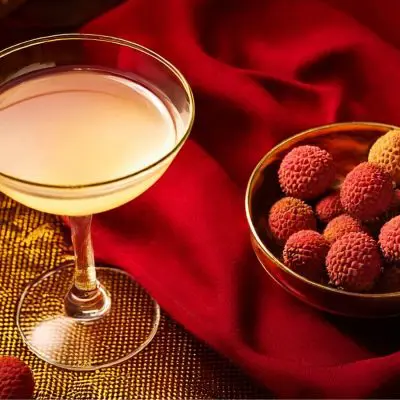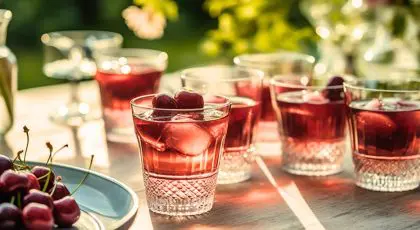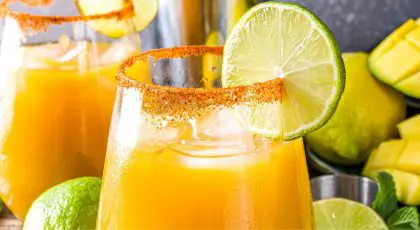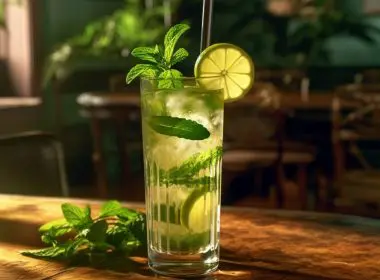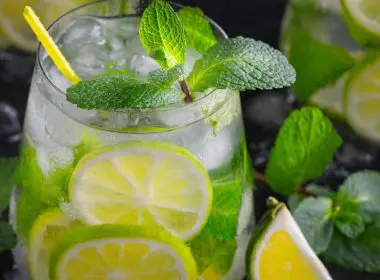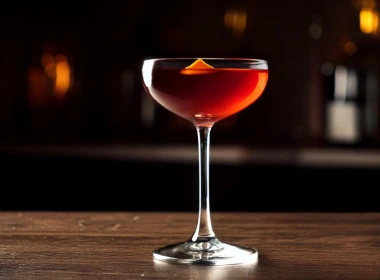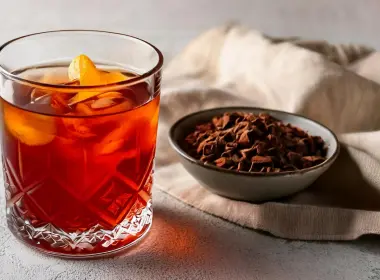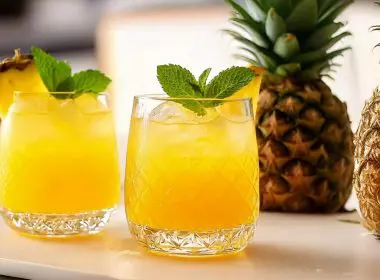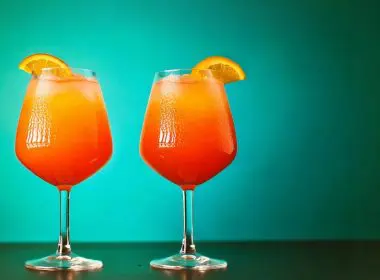Discover Unique Asian Flavours for Cocktails
Jump to:
Asian cocktail ingredients are taking the world by storm, bringing bold, exciting flavours and unexpected aromas to the global mix. From zesty yuzu and fragrant pandan to the warmth of chai spice and the delicious complexity of Japanese whisky, these ingredients are ideal for turning classic cocktails into fascinating new clinkers.
Whether you’re inspired by Japan, China, Korea, or Southeast Asia, there’s a world of possibilities waiting to revitalise your cocktail repertoire. Ready to explore? Here’s a look at our top Asian-inspired flavours for 2025.
Top 25 Asian cocktail ingredients for 2025
Fruit
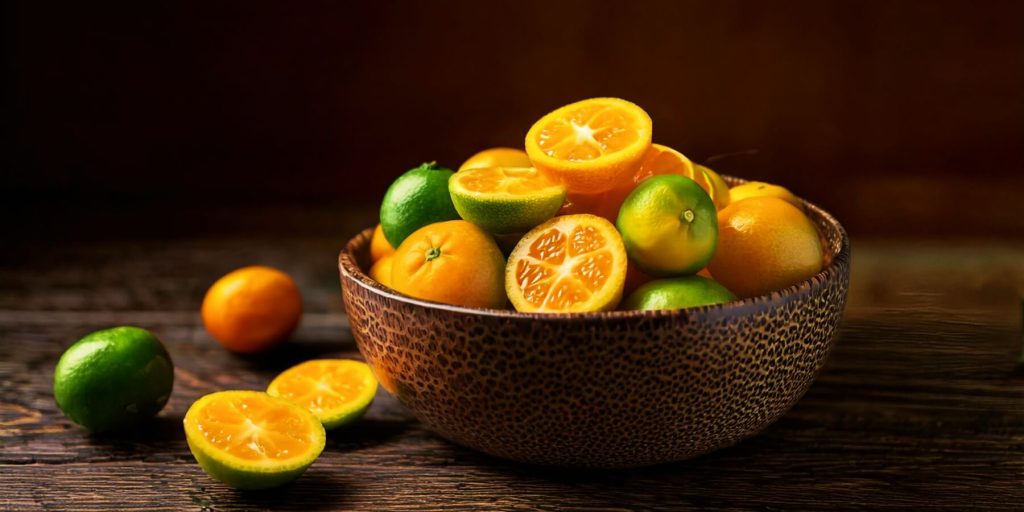
Yuzu. When it comes to Asian fruit for cocktails, yuzu is firmly in the spotlight this year. This zesty citrus fruit delivers a punch of tartness with floral and aromatic notes that will elevate any drink. Add a splash of yuzu juice to a Margarita or a Gin Sour for a bold new take on these time-honoured sips.
Calamansi. Calamansi is a type of citrus native to the Philippines, known for its tangy, slightly sweet flavour. Perfect for adding a tropical edge to Mojitos or other rum-based cocktails, this fruit is a must-have for those who want to experiment with Southeast Asian-inspired drinks.
Lychee. Sweet, juicy, and gorgeously fragrant, lychee brings a burst of floral elegance to the party. It really shines in drinks like the Lychee Martini, blending seamlessly with a base of vodka or gin.
Makrut lime. Makrut lime (also known as Thai or kaffir lime) doesn’t just look unique with its bumpy rind; its leaves and juice are equally special. The leaves can be used to infuse a drink with subtle citrus and herbaceous notes, making it ideal for tropical cocktails or Indian-inspired creations.
Tamarind. Tangy and sticky with a hint of sweetness, tamarind adds a rich complexity to mixed drinks. Use tamarind paste to dress up a Whiskey Sour or Rum Punch for a depth of flavour that walks a captivating line between sweet and sour.
Sip & Savour: 13 Tastiest Asian-Inspired Cocktails Unveiled
Herbs and aromatics
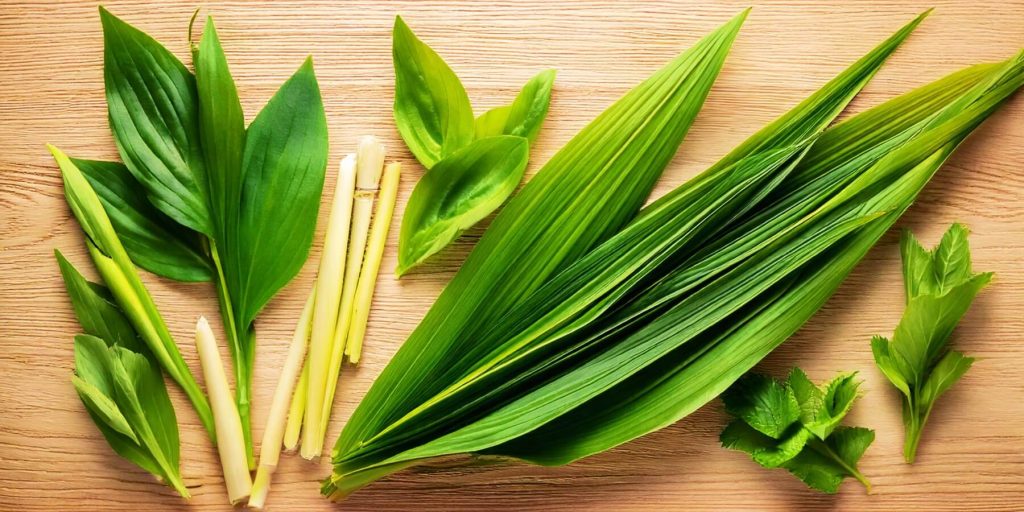
Lemongrass. Lemongrass brings a vibrant mix of citrus and herbal notes to cocktails, which makes it a versatile ingredient for muddling or infusing. Its zesty freshness pairs beautifully with gin in a classic Tom Collins and adds a Southeast Asian twist to a Vodka Gimlet.
Thai basil leaves. When exploring Asian herbs for cocktails, Thai basil leaves deserve honourable mention. The slightly spicy, anise-like flavour of this herb complements the bold profiles of drinks like a Whiskey Smash. Muddle these fragrant leaves gently for a burst of aromatic complexity.
Shiso. Shiso is a Japanese herb with strong flavours of spearmint, basil, cinnamon and anise. It shines in lighter cocktails like a Gin Fizz or can elevate a Highball with its subtle yet unmistakable aroma. Perfect for those who love a drink with a fresh finish.
Pandan. For those inspired by Thai cocktail ingredients, pandan is a game-changer. With its sweet, vanilla-like fragrance, it adds an exotic twist to drinks like the Piña Colada. We recommend infusing it into syrups for an unforgettable flavour boost.
Also see: 12 Chinese-Inspired Cocktails to Celebrate the Chinese New Year
Spices
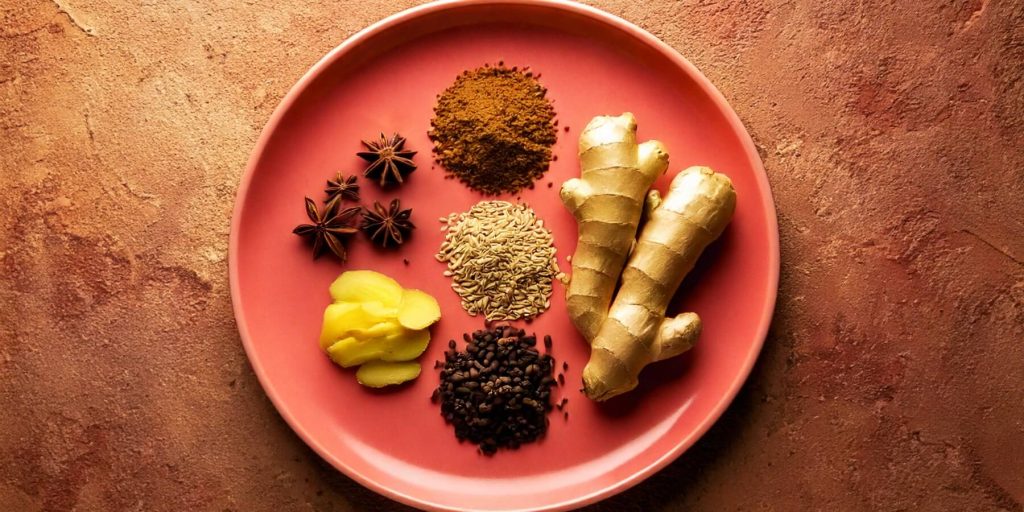
Five-spice powder. Five-spice powder is a bold blend of star anise, cloves, cinnamon, Sichuan pepper, and fennel, which can be used to add a rich, aromatic warmth to cocktails. Perfect for adding depth to a classic Daiquiri, it’s an adventurous choice for those who enjoy a touch of heat in their drinks.
Chai spice. A comforting mix of cinnamon, cardamom, ginger, and cloves, chai spice lends itself beautifully to cosy, spiced cocktails. Stir up an Indian Hot Buttered Rum for a warm, indulgent treat or a Masala Chai Sour to enjoy a bold yet balanced sip.
Ginger. Ginger adds a fiery, zesty kick to classic cocktails. Incorporate fresh ginger into a Moscow Mule or muddle it into a Dark ‘n Stormy for an extra layer of spice. It’s a total game-changer.
Read next: 15 Delicious Indian Cocktails to Make at Home
Asian base liquors
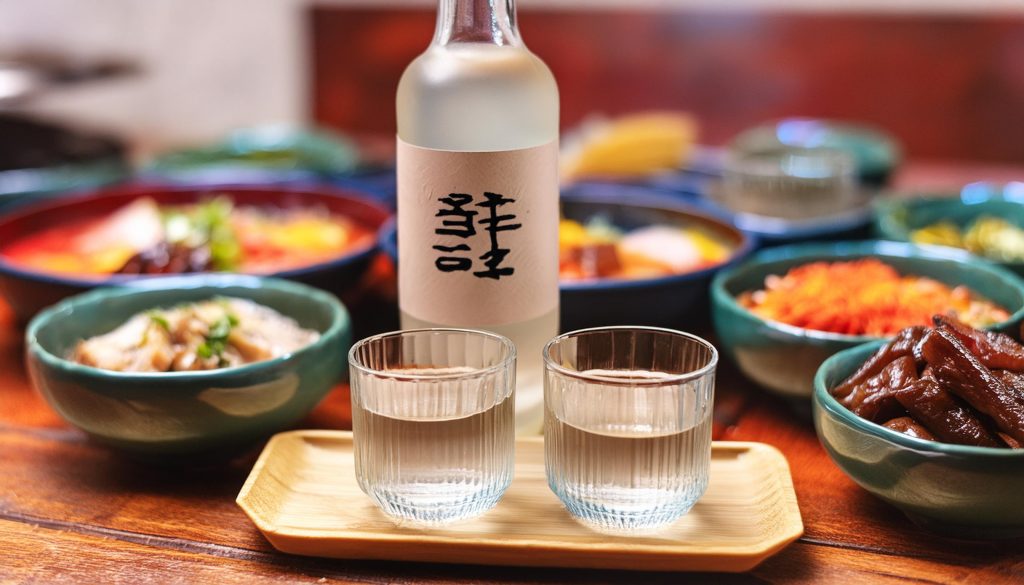
Cherry liqueur. A sweet, fruity liqueur made from cherries, this base liquor shines in drinks like the Cherry Blossom and Bengal Tiger.
Chinese Baijiu. A strong distilled spirit made from sorghum or rice; Chinese Baijiu goes down a treat in cocktails like the Asian Pear.
Soju. Soju is a clear, distilled spirit that originated in Korea and has gained immense popularity worldwide. It is typically made from fermented grains such as rice, wheat, or barley, though modern variations may include other ingredients like sweet potatoes or tapioca. Known for its smooth and clean taste, this Korean cocktail ingredient shines in drinks like a Mango Melona Soju Cocktail.
Sake. This uniquely fermented Japanese rice liquor is dry, smooth, and light in texture, with fruity and nutty aromas on the nose, which makes it an excellent base for a variety of beguiling mixed drinks. Try it in classy clinkers like the Saketini or Samurai Rock.
Japanese whisky. This refined, often peaty or malty whisky expression from Japan is a must-try for whisky lovers. We love using it in drinks like the Japanese Sour or Tokyo Sidecar.
Also see: Navigating the Rich Tapestry of Korean Drinking Culture
Beverages and specialty ingredients
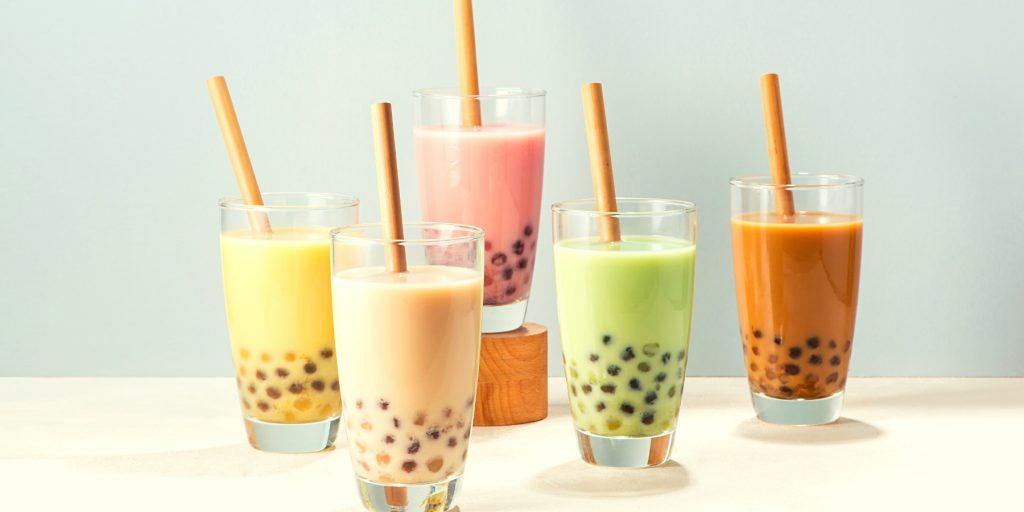
Oolong tea. Oolong tea’s semi-fermented profile is perfect for infusions, adding a subtle depth and floral aroma to drinks like the Chit-Cha Toddy, where its warm, soothing notes shine alongside whiskey and honey.
Matcha. Matcha’s grassy, umami-rich flavour makes for a bold addition to both modern and classic cocktails. Whisk it into a Matcha Sour for a striking green hue and a delicate balance of earthiness and citrus..
Nimbu Pani. This tangy Indian limeade (made with fresh lemon juice, sugar, black salt and spices like cumin or masala) makes a beautiful base for warm-weather cocktails. Shake up a Nimbu Pani Mint Julep by mixing it with bourbon and fresh mint, and loads of crushed ice. It’s a lively twist on a classic that’s sure to delight.
Boba. Boba, the tapioca pearls used in bubble tea, adds a playful texture to cocktails. In drinks like the Strawberry & Lime Sparkling Boba, it pairs beautifully with tart lime and sweet strawberry for a fun, fizzy drink.
Also see: The Rise of Japanese Cocktail Culture
Condiments and umami ingredients
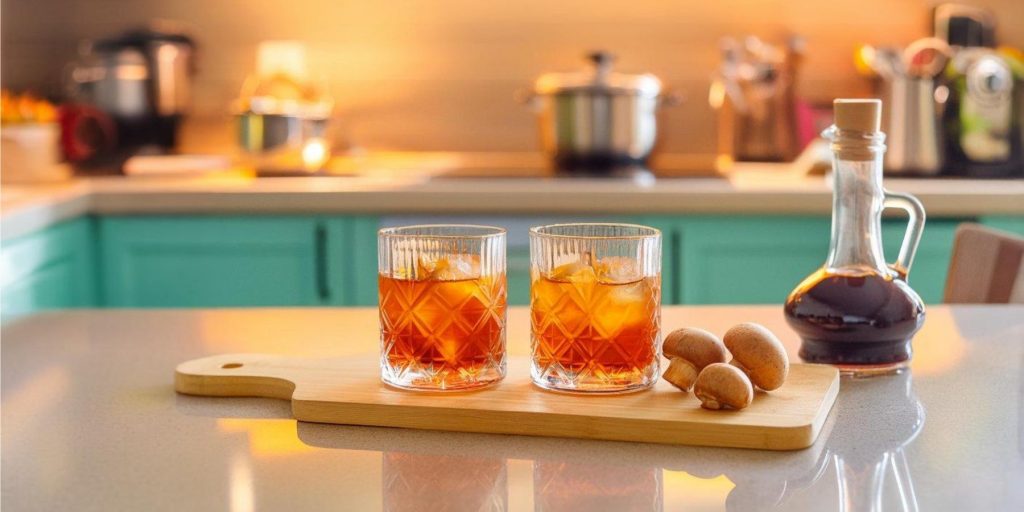
Soy sauce. Soy sauce isn’t just a stalwart choice for cooking savoury dishes, it’s also an unexpected star in cocktails. Its salty, umami-rich depth makes it a natural choice for those who want to play around with Japanese cocktail ingredients. Try adding a dash to a Bloody Mary to frame the savoury notes of this brunchtime favourite to perfection.
Sesame seeds & sesame seed oil. With its nutty, aromatic flavour, sesame seeds and -oil add a truly unique touch to cocktails. Try a Sesame Old Fashioned with a hint of toasted sesame oil that complements the whiskey’s warmth, setting the scene for a drink that’s as compelling as it is smooth.
Kuromitsu. This dark Japanese sugar syrup is perfect for adding a rich sweetness to drinks. Incorporate it into a Japanese Sour, where its molasses-like depth pairs beautifully with yuzu and whisky, elevating the cocktail to new heights.
Mushrooms. Earthy and packed with umami notes, mushrooms add an intriguing layer of flavour to cocktails. Infuse it into vermouth or simple syrup to create a base that’s ideal for savoury variations of classics like a Negroni or Manhattan.
Dig deeper: Exploring Umami Cocktails
Regional ingredients
Keen to lean into the cocktails and cuisine of a specific Asian country or region? We’ve got you. Here is our list of top Asian cocktail ingredients organised by country or region of origin:
Japanese cocktail ingredients
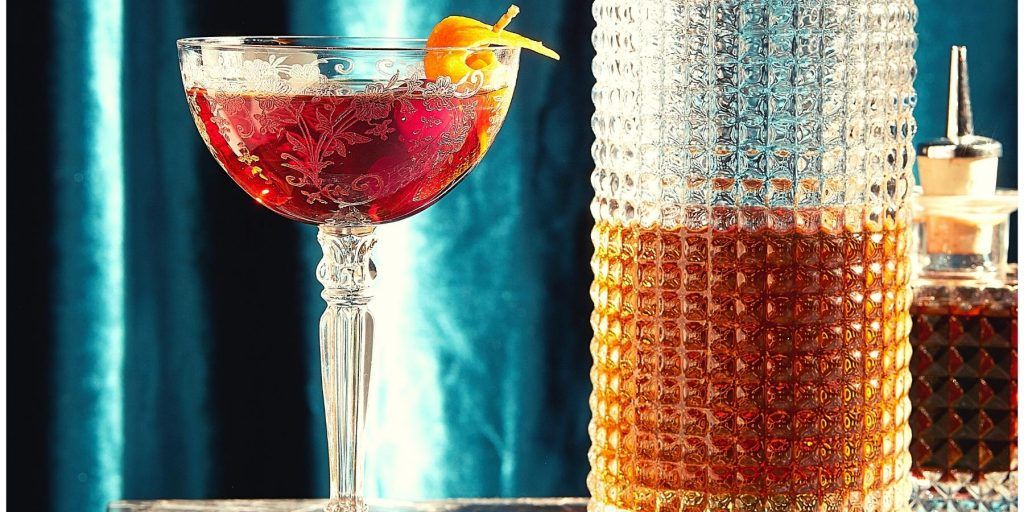
- Yuzu (citrus fruit used in Japanese cuisine)
- Shiso (Japanese herb)
- Matcha (powdered green tea)
- Sake (Japanese rice wine)
- Japanese whisky (refined Japanese spirit)
- Kuromitsu (dark Japanese sugar syrup)
- Oolong tea (also popular in Japan, though its origins are Chinese)
- Umeshu (Japanese plum liqueur, sweet and tangy)
- Wasabi (fiery Japanese condiment used sparingly for spice)
- Red bean paste (sweet and earthy, often used in desserts)
- Tofu (soft and creamy, adds texture to drinks)
- Cherry blossoms (delicate floral garnish or infusion)
Cheers: Our 8 Favourite Sake Cocktail Recipes to Try at Home
Chinese cocktail ingredients
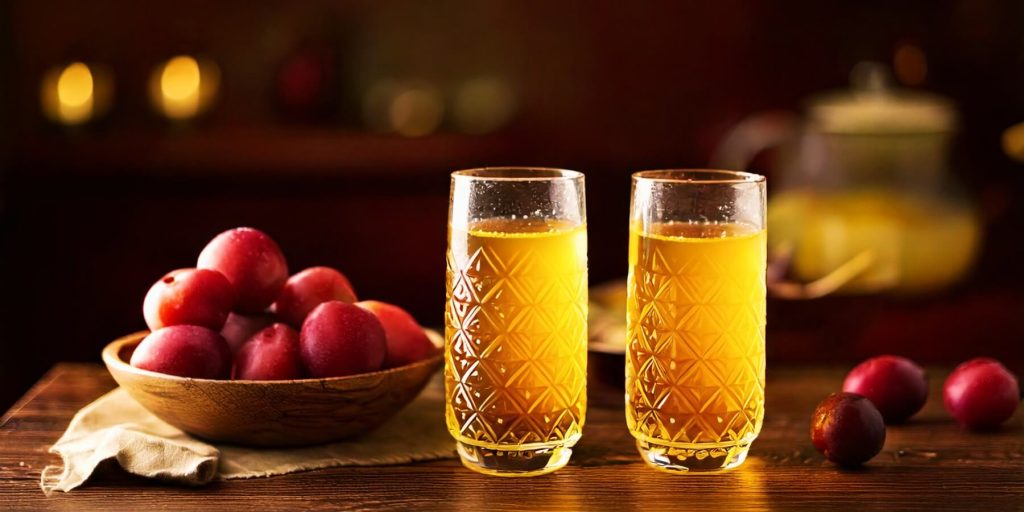
- Chinese Baijiu (distilled spirit)
- Five-spice powder (traditional Chinese spice blend)
- Oolong tea (originates from China)
- Soy sauce (essential Chinese condiment)
- Jasmine tea (fragrant and floral tea often used in infusions)
- Plum wine (sweet and fruity wine made from plums)
- Rice wine (Shaoxing wine, a versatile and slightly savoury fermented wine)
- Taro root (earthy and slightly sweet, often used in creamy drinks)
Korea
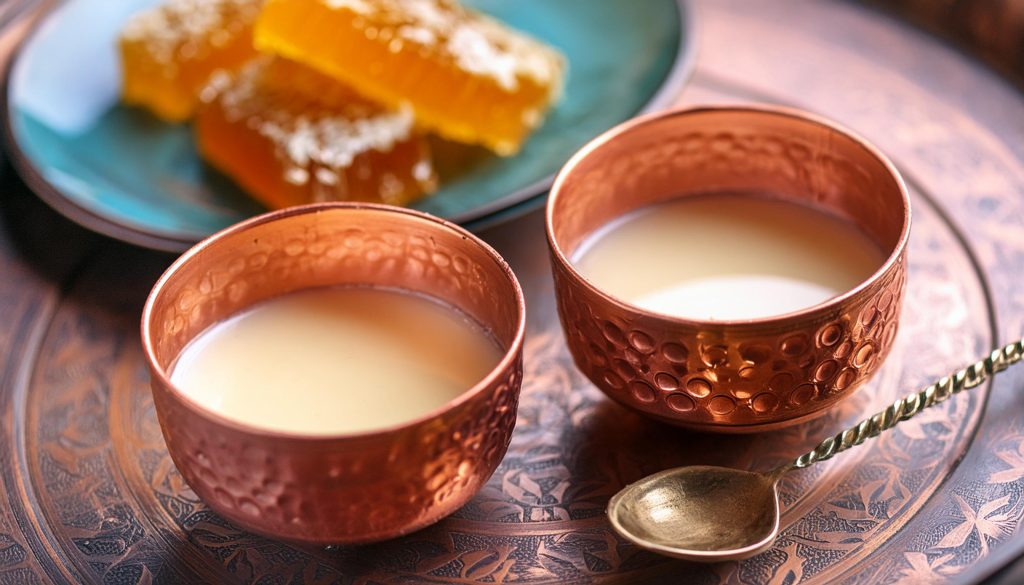
- Makgeolli (Korean rice wine, lightly fizzy and mildly sweet)
- Bokbunja (Korean black raspberry wine, fruity and rich)
- Gochujang (spicy and savoury Korean chilli paste, used sparingly in bold cocktails)
- Bae (Korean pear, crisp and sweet, perfect for infusions or garnishes)
- Mija (sweet Korean plum wine with floral notes)
Learn more: 23 Soju Cocktails to Perfect at Home
India & South Asia
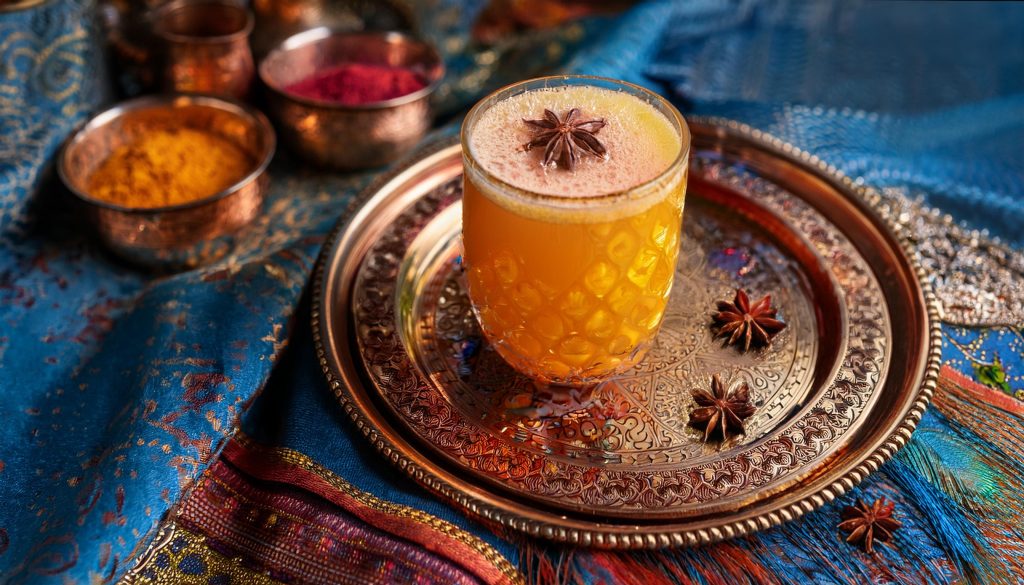
- Chai spice (traditional Indian tea blend)
- Nimbu Pani (Indian limeade)
- Spices (like cinnamon, anise, cumin, cardamom, etc.)
- Tamarind (tangy and sticky, with a hint of sweetness)
- Rose water or syrup (floral and aromatic, used in sweet drinks)
- Mango (not Indian in origin, but holds a deep cultural significance in India)
- Curry leaves (fabulously fragrant, often used as a garnish or infusion)
Pan-Asian or global ingredients
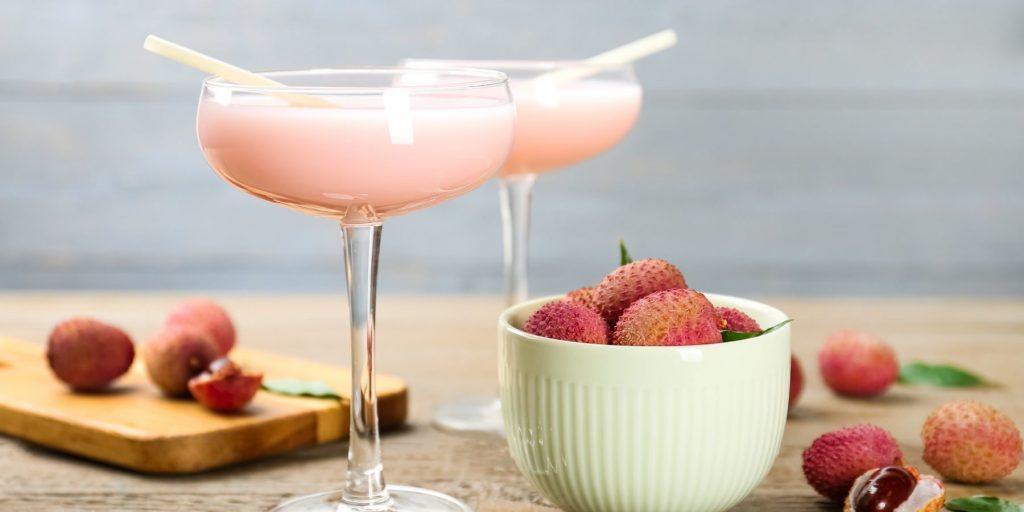
- Ginger (used widely across all of Asia)
- Mushrooms (umami-rich ingredient found in many Asian cuisines)
- Sesame seeds & sesame seed oil (used across Chinese, Japanese, and Korean cuisines)
- Boba (originates from Taiwan, now popular globally)
- Tamarind (popular in Thai, Malaysian, and Indonesian dishes)
- Lychee (widely grown in Thailand, Vietnam, and China)
- Kaffir lime leaves (fragrant and citrusy, often used in infusions or as a garnish)
- Coconut milk / water (creamy or refreshing, ideal for tropical drinks)
- Miso (savoury and umami-rich, adds depth to bold cocktails)
Fuel the Fire! How to Pair Cocktails with Spicy Food
How to incorporate Asian ingredients in cocktails
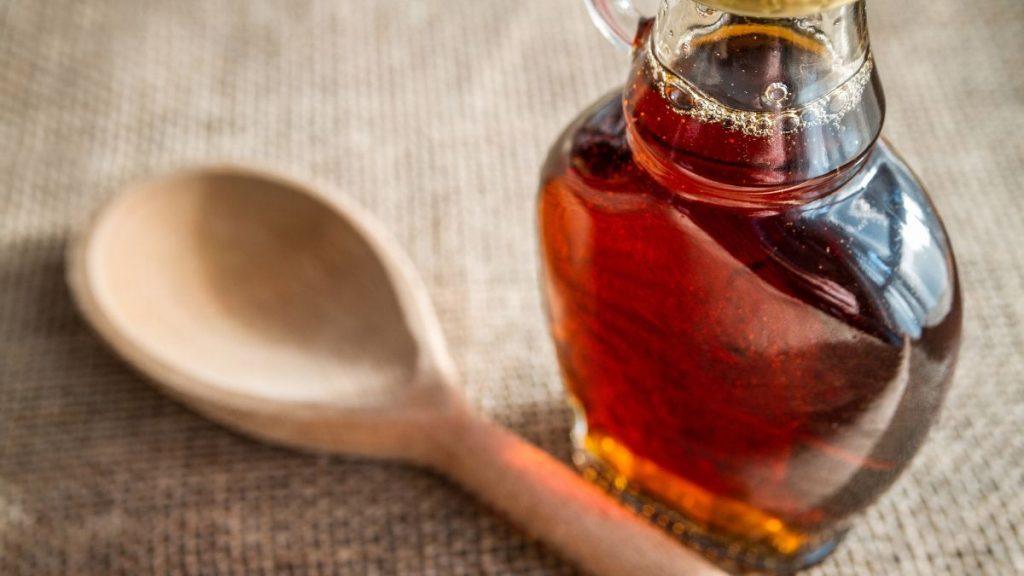
Asian ingredients offer a treasure trove of flavours and aromas that can elevate your cocktail game. Whether it’s by means of infusions, syrups, or used as creative garnishes, these ingredients are poised to add depth and excitement to every sip. Here are a few ideas to play with at home:
Infusions
Infusing spirits is a great way to capture the essence of ingredients like lemongrass, pandan, or ginger. Add chopped lemongrass to SKYY vodka for a clean, citrusy kick, steep pandan leaves in Wray & Nephew rum for a sweet, aromatic touch, or infuse Wild Turkey bourbon with ginger for some added warmth and spice.
Syrups and purées
Transform Asian fruits like yuzu or calamansi into syrups for a sweet and tangy base. Combine equal parts yuzu juice and sugar over low heat to create a syrup that pairs beautifully with base liquors like whiskey. Puree calamansi to add a tasty tropical touch to rum-based drinks. These syrups are sure to bring a vibrant freshness to your cocktail creations.
Garnishes
Herbs and flowers aren’t just tailormade for adding flavour; they’re also perfect to dial up your cocktail presentation. Use Thai basil leaves to top a Mint Julep or float edible flowers like orchids for a striking visual.
Base liquors
Give your favourite classic cocktails an Asian twist by swapping traditional base liquors with Asian alternatives. Replace gin with Japanese whisky for a bold Highball or use sake in place of vodka for a daringly different Martini. Even just a splash of soju can add a delicate, fruity dimension to countless creations.
Perfect occasions for Asian-inspired cocktails
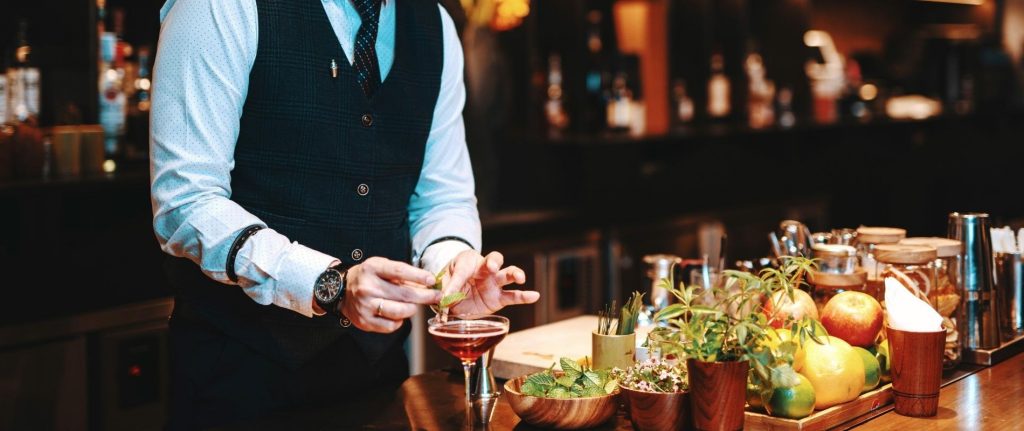
Ideal for everything from casual get-togethers to elegant celebrations, Asian-inspired cocktails are as versatile as they are delicious. Here are a few fun ideas for serving it up at different occasions, complete with food pairings to make every sip sensational.
Asian-themed parties
Set the stage for a memorable themed party with cocktails inspired by Asian flavours. Pair Matcha Sours with sushi platters for a Japan-themed evening or serve Tamarind Rum Punch alongside spicy Thai dishes for a Southeast Asian vibe.
Weddings and formal events
Add sophistication to weddings or formal occasions with elegant Asian-inspired clinkers. A Lychee Martini makes for a chic welcome drink, while Japanese Highballs are a delightfully different option during dinner service. Pair these with refined canapés like sesame-crusted tuna bites or mushroom-stuffed dumplings to keep the menu elevated.
Summer gatherings
Cool down on warm days with light, citrusy drinks featuring calamansi or lemongrass infusions. A Nimbu Pani Mint Julep or Strawberry & Lime Sparkling Boba will be a hit at poolside parties or garden picnics. Pair them with grilled skewers of chicken satay, mango salads, or fresh spring rolls to match the laid-back vibe.
Festive celebrations
Celebrate holidays or cultural events with cocktails inspired by the occasion. Toast Lunar New Year with a Sesame Old Fashioned or sip on a Chit-Cha Toddy during cosy winter festivities. Pair these with symbolic dishes like dumplings, which represent wealth, or tang yuan (sweet glutinous rice balls) for good fortune.
Well, now you know cocktail lovers! We hope we’ve inspired you to venture into brand-new territory with this guide on fresh and fragrant Asian cocktail ingredients. Remember to tag us on Instagram when you share pics of your creations online and sign up for our newsletter so we can keep you in the mix.
